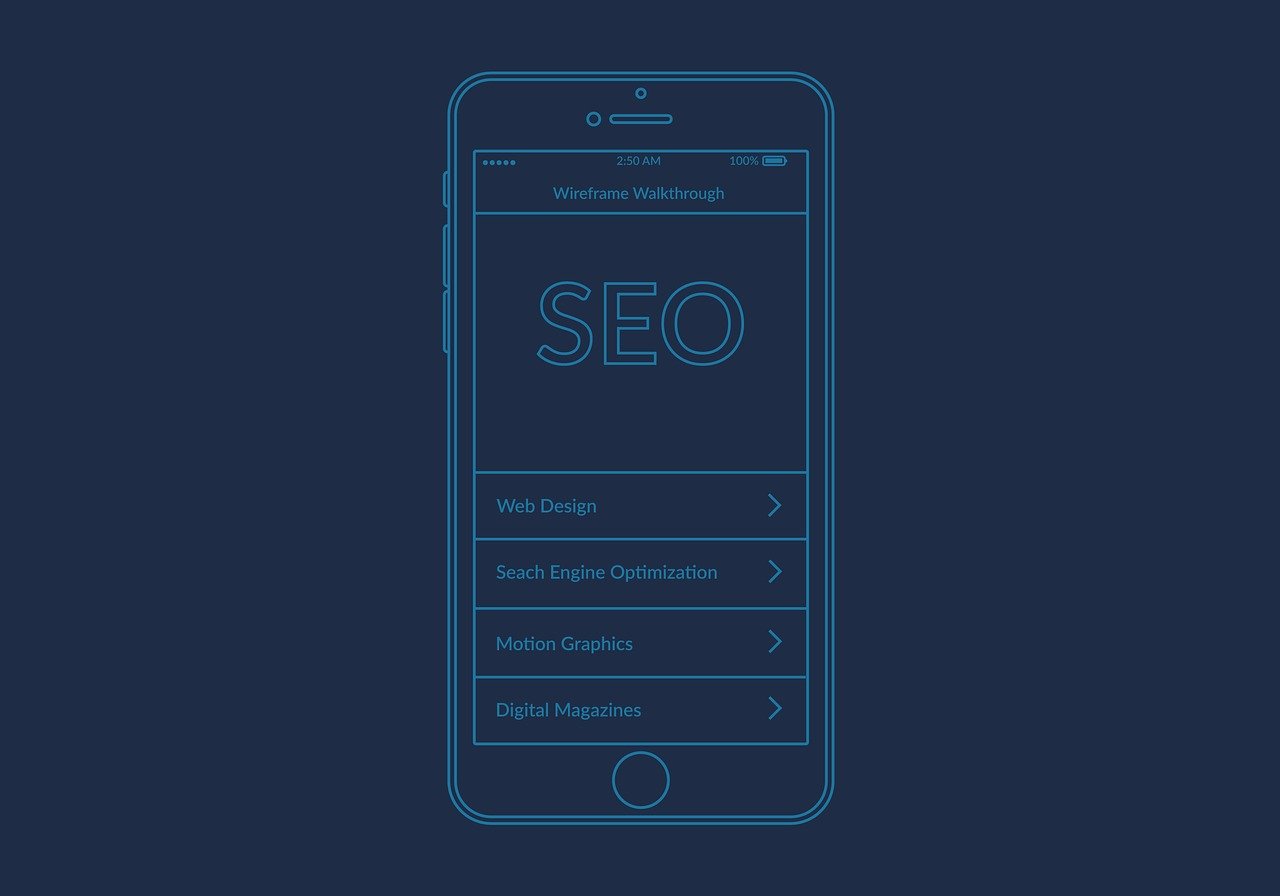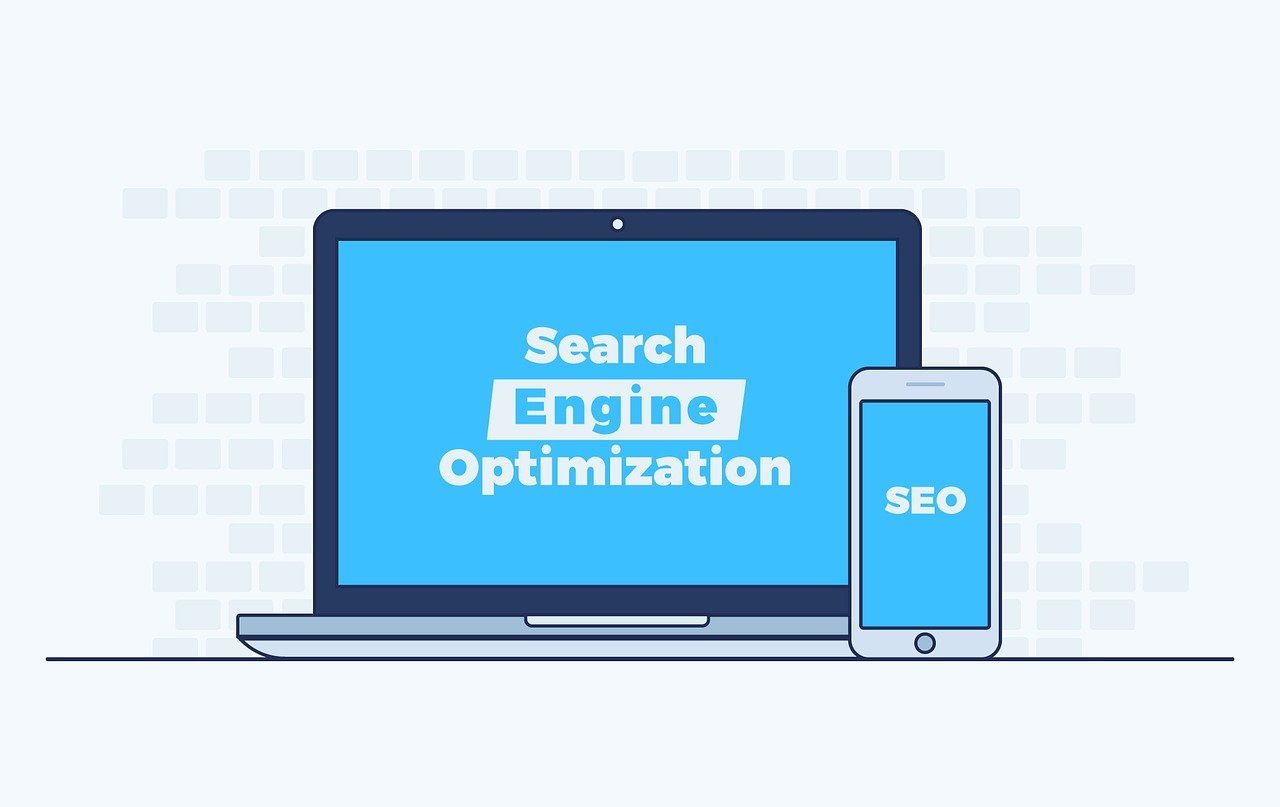If you’ve worked with SEO or looked into this concept, you’ve probably come across a variety of terms that can be confusing to say the least.
The world of SEO is complex and it can be difficult to keep track of what it all entails, even for the more experienced. One of the terms you’ve probably come across is “External links”. But what is it and what does it really mean?
Links play an important role in SEO and for this reason it is important to understand different types of links and how they work. In this article we will therefore go through external links and everything you need to know about them.
What are External Links?
External links are also called backlinks or incoming links. In SEO, these are hyperlinks that come from another website and lead to your own, but of course, it’s a link that points from one website to another, external website, not specifically yours (although that’s exactly what we’re going to focus on). Similarly, a link pointing from your website to another is also an external link. That being said, there is a small but distinct difference between “external links” and “backlinks”. This is because you usually talk about links that go to your own website when you talk about backlinks, but external links are generally a broader concept that includes several different types of links (although it is usually used as another word for backlinks).
Backlinks or external links to your website are one of the most important ranking factors in SEO and for this reason it is necessary to keep track of how they work – and how you can get more.
The reason why search engines have external links to your website as one of the most important factors in their algorithm is because they are seen as endorsements. The more recommendations, the more credible and qualitative your page is perceived, and thus you are rewarded with a higher ranking in the search engines. However, it is important to point out that not all recommendations carry the same weight. An external link from a well-known and established site weighs significantly more than an external link from a newly created, unknown site. Because of this, external links to your website are not only about quantity but also about quality.
When a website links to yours, it signals to search engines that the content is relevant, useful or authoritative in the given subject area.
It is important to distinguish between internal and external links. While internal links point from one page on your website to another page within the same domain, external links lead to your website from a completely different domain.
Why Are External Links Important for SEO?
External links are a key component of building authority and credibility. It is reasonable to assume that a site that has many and high-quality links also offers high-quality content that people appreciate and trust. And that’s exactly what search engines do. Because of this, external links are an incredibly important part of the overall SEO strategy.
Link popularity simply measures the number and quality of external links pointing to a specific website. The more high-quality external links a website has, the greater its link popularity, which in turn increases its credibility and authority in the eyes of search engines.
Quality vs. Quantity
As we discussed earlier it is not only the quantity of external links that counts in SEO but also their quality. Having a high-quality link profile means that the links come from authoritative and relevant sources in the relevant subject area. A single link from a respected and relevant site can often have a greater positive effect on SEO than many links from less authoritative or irrelevant sites.
Aiming for a high number of external links to your website without considering their quality can be counterproductive and even harmful to SEO in the worst case scenario. Search engines have become increasingly sophisticated and can identify when the link strategy focuses on creating many low-quality or spammy links. Such attempts at manipulation can result in a site being penalized and losing position in the search results.
In order to create an effective link profile, it is important to be selective with the external links you receive. Good external links come from relevant and authoritative sources, while bad links can come from low-quality websites, spam websites, or websites that are completely irrelevant to your industry. One tip is to use various tools to analyze your link profile and monitor its development to identify potential risks and improve overall link quality.
How to Create Effective External Links
Create high-quality content
One of the best ways to attract high-quality external links is to produce high-quality content that people want to share. When your site offers informative, unique, and engaging content, it becomes more likely to be linked to by other sites that see value in sharing your content with their users. If you establish yourself as a leader and expert in your industry, over time people will use the information on your website as sources and references for example.
Networks and Relationships
Build strong relationships with influencers, industry peers and other leaders in your industry. These relationships can lead to natural links when these people refer to your content or expertise.
Buy links
Although buying links is a hotly debated topic, it remains one of the most popular ways to effectively and quickly build links. Sitting and waiting to get links organically is not a sustainable strategy if you are going to win over your competition. When you buy links, you also get full control over the number of links you build, their relevance, and quality.
Use of natural anchor texts
The anchor text is the text used to create a link. The anchor text is important for search engines to understand the content of the linked page. Be sure to vary the anchor texts naturally to avoid your link profile looking sloppy. A good tip is to use different types of keywords or phrases that you have identified in your keyword analysis that are related to your industry and target audience.
At the same time, when using anchor texts, you want to avoid over-optimizing by avoiding using the exact same anchor text for every link. This can be seen as manipulative by search engines and can lead to negative consequences.
When building links, you also want to aim to get external links from a variety of sources, including news sites, blogs, industry guides, and social media. A varied link profile gives a more credible and natural image of your website and its popularity.
Another tip is to integrate different types of content into your link building strategy, including blog posts, infographics, videos and other media formats. The diversity of content makes your website more attractive to different audiences and increases the chance of attracting different types of external links.
Challenges and Risks
Potential risks of over-optimizing external links
One of the main risks of over-optimizing external links is to do it to the point of looking manipulative and unnatural. The goal is to build a diversified link profile of links from both strong and weaker pages with a wide selection of different anchor texts.
Being too aggressive in link building can result in a loss of trust and reputation within your industry. For this reason, you want to build links gradually and not all at once. The best link building strategy is one where you continuously build links.
How to avoid common pitfalls in link building
When building external links, it is important to focus on making your link profile look natural. Avoid building too many links at once and avoid only building links that look identical from almost identical websites, with identical anchor text. Diversify instead so that you have great variety in your link profile.
Use tools to regularly analyze your link profile and monitor changes. This allows you to identify areas where you would need to make adjustments going forward, for example if you only used a single type of anchor text.
External links from your site
As we noted, external links are all types of links that point from one website to a completely different one. Although the term is most often used to refer to backlinks to your site, it can also be links from your site to someone else’s (although the term outbound links) is often used to describe this. Remember that an external link pointing from your site to someone else’s will be a backlink for them but not for you.
Having said that, we can scratch the surface of this to create an idea of external links
Although the method of including external links to other websites on your website does not have as much impact as backlinks, they actually have a role to play and can be positive for your website’s SEO optimization when used correctly.
- Authority and credibility: When you include relevant external links to authoritative sources in your content, you signal to search engines that you provide your users with reliable and valuable information. This can strengthen your website’s credibility and authority in your subject area. For example, if you write an article and refer to credible sources, the information is perceived as more credible, which can help improve your ranking in search engines.
- Improved User Experience: Outbound links can also improve the user experience by offering readers the opportunity to delve into relevant topics or find additional information. This can help increase users’ time on your site while improving the user experience – something search engines place a lot of importance on.
- Indirect Impact on Search Results: Outbound links do not directly impact your website’s ranking on search engine results pages but they can play an indirect role positively impacting your search engine rankings. Strengthening the image of your site as a source of quality and credible information, it can increase the chance that other sites will link back to you, which in turn can improve your own site’s ranking.
- Caution with Over-Optimization: Despite the benefits, it is important to avoid over-optimization and excessive use of outbound links. Too many links or links to irrelevant or low-quality sources can lead to a negative impact on your site’s credibility and user experience.








![76 Tips to Optimize your Website for SEO [Guide]](https://toppdomain.com/wp-content/uploads/2023/12/web-3967926_1280.jpg)